
Sodium cyanide is a highly toxic and hazardous chemical compound widely used in various industrial processes, such as gold and silver extraction, electroplating, and chemical synthesis. Due to its extreme toxicity and potential for environmental and safety risks, proper storage is of utmost importance. Selecting the right Storage containers is a critical aspect of ensuring the safe handling and containment of Sodium cyanide. This article explores the types of materials that can be safely used for storing Sodium Cyanide.
Understanding Sodium Cyanide's Properties
Sodium cyanide (NaCN) is a white, water-soluble solid or powder with a bitter almond - like odor. It is highly reactive and can pose significant risks. When in contact with water, acids, or certain metals, it can release hydrogen cyanide gas, which is extremely toxic and can be fatal even in small concentrations. Additionally, it is a strong reducing agent and can react violently with oxidizing agents. These properties necessitate that storage containers are carefully chosen to prevent any unwanted reactions and ensure the integrity of the stored sodium cyanide.
Regulatory Requirements for Sodium Cyanide Storage
Before delving into suitable container materials, it's essential to be aware of the regulatory framework governing the storage of sodium cyanide. In most countries, strict regulations are in place to manage the handling, storage, and transportation of this hazardous substance. These regulations often specify requirements regarding container design, labeling, and compatibility with the chemical. For example, containers must be clearly labeled as containing sodium cyanide, along with appropriate hazard warnings. Compliance with these regulations is not only a legal obligation but also crucial for maintaining safety in the workplace and protecting the environment.
Suitable Container Materials
Stainless Steel
Stainless steel is a popular choice for storing sodium cyanide, especially in industrial settings. Grade 304 and 316 stainless steels are commonly used. Stainless steel offers excellent corrosion resistance, which is vital as sodium cyanide solutions can be corrosive, especially in the presence of moisture. The chromium content in stainless steel forms a passive oxide layer on the surface, preventing the metal from reacting with the cyanide. However, it's important to note that stainless steel may not be suitable for storing sodium cyanide in all conditions. In highly acidic environments or when in contact with certain contaminants, the corrosion resistance of stainless steel can be compromised. Regular inspection of stainless - steel containers for signs of corrosion is necessary to ensure their continued integrity.
High - Density Polyethylene (HDPE)
HDPE containers are also widely used for storing sodium cyanide. HDPE is a thermoplastic polymer with good chemical resistance, including resistance to many chemicals like sodium cyanide. It is lightweight, yet strong and durable. HDPE containers are non - reactive with sodium cyanide under normal storage conditions, making them a safe option. They are also relatively inexpensive compared to some other materials, which makes them an attractive choice for smaller - scale operations or for storing smaller quantities of sodium cyanide. HDPE containers come in various sizes and shapes, including drums, bottles, and tanks, providing flexibility in storage options.
Polypropylene (PP)
Polypropylene is another plastic material that can be used for storing sodium cyanide. It has similar chemical resistance properties to HDPE and is also lightweight and durable. Polypropylene containers are often used for storing both solid and liquid forms of sodium cyanide. They can withstand a wide range of temperatures, which is beneficial for storage in different environmental conditions. Like HDPE, polypropylene is non - reactive with sodium cyanide, ensuring the safe containment of the chemical.
Glass - Lined Steel
Glass - lined steel containers combine the strength of steel with the chemical resistance of glass. The inner surface of the container is coated with a layer of glass, which provides an inert barrier between the steel and the sodium cyanide. This makes glass - lined steel containers highly resistant to corrosion by sodium cyanide. They are often used for storing large volumes of sodium cyanide in industrial applications. However, they are more expensive than some other options and require careful handling to prevent damage to the glass lining. If the glass lining is scratched or cracked, it can compromise the integrity of the container and lead to potential leakage or reaction with the steel substrate.
Nickel - Based Alloys
In some specialized applications, nickel - based alloys may be used to store sodium cyanide. Alloys such as Hastelloy and Inconel offer exceptional corrosion resistance in harsh chemical environments, including those involving sodium cyanide. These alloys can withstand high temperatures and aggressive chemical reactions better than many other materials. However, they are relatively expensive and may not be necessary for all storage situations. Nickel - based alloys are typically used in industries where extreme conditions or long - term storage requirements demand the highest level of chemical resistance.
Container Design and Safety Features
Regardless of the material chosen, storage containers for sodium cyanide should have certain design features to enhance safety. All containers should be tightly sealed to prevent the escape of any hydrogen cyanide gas that may be generated due to reactions with moisture or other contaminants. They should also be designed to withstand normal handling and transportation stresses without cracking or leaking. Additionally, containers should be equipped with proper venting systems to relieve any pressure build - up that may occur during storage. This is especially important if there is a possibility of a chemical reaction inside the container that could generate gas.
Conclusion
Selecting the right container material for storing sodium cyanide is crucial for ensuring safety and preventing environmental contamination. Stainless steel, HDPE, polypropylene, glass - lined steel, and nickel - based alloys are all viable options, each with its own advantages and considerations. When choosing a container, it's essential to consider factors such as the quantity of sodium cyanide to be stored, the storage environment (including temperature, humidity, and potential for contact with other chemicals), and cost. By carefully evaluating these factors and complying with regulatory requirements, industries can safely store sodium cyanide and minimize the risks associated with this highly toxic chemical.
- Random Content
- Hot content
- Hot review content
- Flexible Customer and Supplier Relations Specialist (Location: India)
- Collector BLK-301/Composite Flotating Active Matter ≥60%
- Sodium Metal, ≥99.7%
- Seismic Electric Detonator(Anti static,Water Resistance)
- Toluene
- Anhydrous Ammonia 99% Liquid
- Ammonium Persulfate Industrial Grade 98.5%
- 1Discounted Sodium Cyanide (CAS: 143-33-9) for Mining - High Quality & Competitive Pricing
- 2China's New Regulations on Sodium Cyanide Exports and Guidance for International Buyers
- 3Sodium Cyanide 98% CAS 143-33-9 gold dressing agent Essential for Mining and Chemical Industries
- 4International Cyanide(Sodium cyanide) Management Code - Gold Mine Acceptance Standards
- 5China factory Sulfuric Acid 98%
- 6Anhydrous Oxalic acid 99.6% Industrial Grade
- 7Oxalic acid for mining 99.6%
- 1Sodium Cyanide 98% CAS 143-33-9 gold dressing agent Essential for Mining and Chemical Industries
- 2High Quality 99% Purity of Cyanuric chloride ISO 9001:2005 REACH Verified Producer
- 3Zinc chloride ZnCl2 for High Molecular Weight Polymers Initiator
- 4High Purity · Stable Performance · Higher Recovery — sodium cyanide for modern gold leaching
- 5High Quality Sodium Ferrocyanide / Sodium Hexacyanoferr
- 6Gold Ore Dressing Agent Safe Gold Extracting Agent Replace Sodium Cyanide
- 7Sodium Cyanide 98%+ CAS 143-33-9

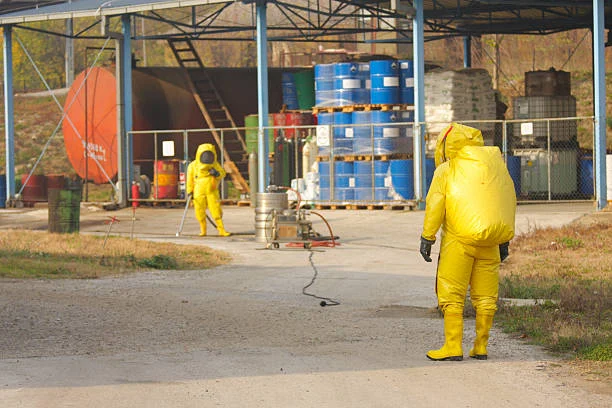
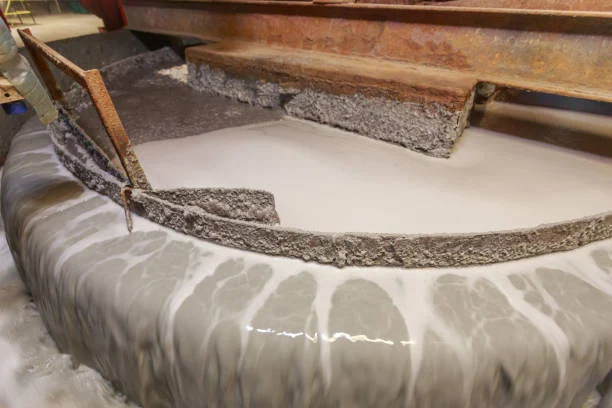
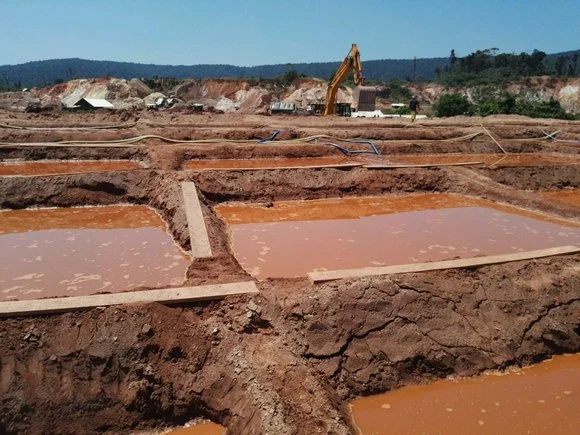
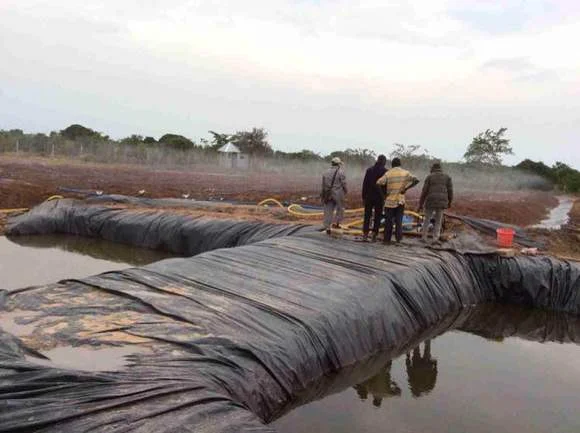

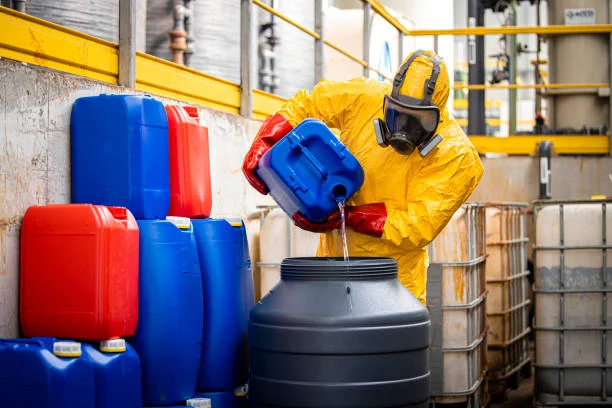
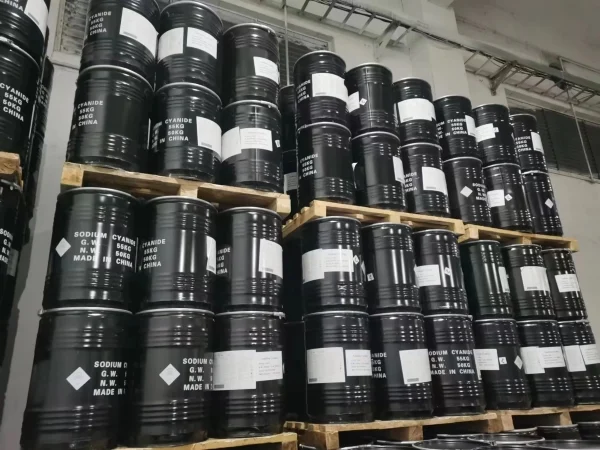



Online message consultation
Add comment: